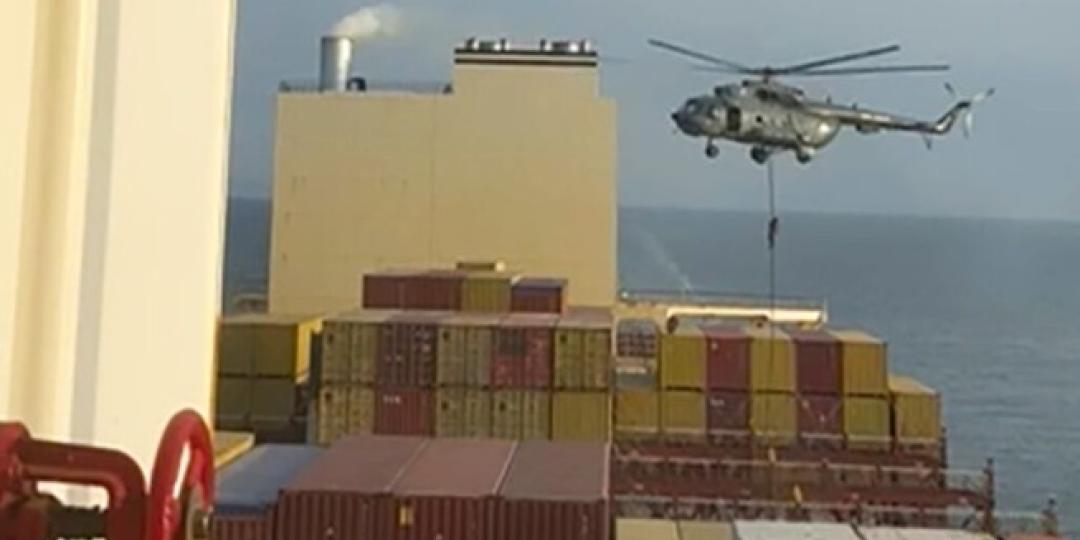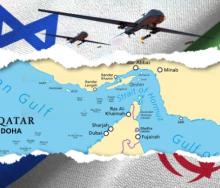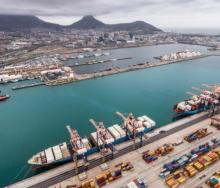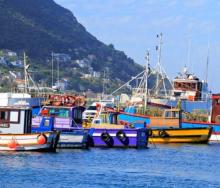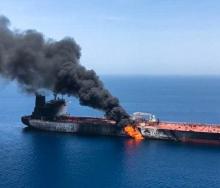Sea Intelligence platform Linerlytica has confirmed that the MSC Aries, which was seized by Iran’s Islamic Revolutionary Guard Corps Navy (IRGCN) more than a year ago, was released from detention earlier this year.
The 14 952-TEU vessel was detained on April 13, 2024 and was released 369 days later.
Although AIS tracking information has only been confirmed now, at a time when Iran is under attack by both Israel and the US, it can be confirmed that the vessel departed from Bandar Abbas on April 17 and arrived at Antwerp on June 21.
Chartered by Mediterranean Shipping Company, it is owned by Gortal Shipping, an affiliate of Zodiac Maritime, which is owned by Monaco-based Israeli billionaire Eyal Ofer.
The vessel, which had been operating on a service route for MSC, was seized by the IRGCN as it passed through the Strait of Hormuz.
The incident occurred amidst escalating tensions between Iran and Israel following a deadly Israeli airstrike on Iran’s consulate in Damascus earlier that month.
The seizure of the MSC Aries was widely interpreted as a retaliatory move by Tehran.
Iranian state media confirmed the detention shortly after the event, citing "violations of maritime regulations", though no formal charges were ever made public.
While MSC operated the vessel under a time charter agreement, Iranian authorities appeared to focus on the ownership structure, hinting at its Israeli links as a justification for the seizure.
Following its capture, the vessel was taken to the Port of Bandar Abbas where it remained under guard.
In May 2024, Iran allowed the crew—comprising mostly Indian nationals—to disembark on humanitarian grounds. However, the vessel itself remained impounded for an extended period, reportedly as part of ongoing judicial proceedings in Iran.
During the prolonged detention, diplomatic efforts for the vessel’s release were undertaken by multiple stakeholders, including Switzerland, which represents US interests in Iran, as well as indirect backchannel communications involving several Gulf and European states.
Nevertheless, the process dragged on for over a year, with occasional updates from Iranian and maritime sources.
After quietly leaving Bandar Abbas, the vessel sailed around the Cape of Good Hope, avoiding the Suez Canal because of the risk of Houthi attacks on maritime trade in the Red Sea.
The ship’s return concludes one of the most high-profile vessel detentions in recent years and raises concerns over the increasing vulnerability of commercial shipping to geopolitical tensions in key maritime chokepoints such as the Strait of Hormuz.
The case also underscores the importance of clear legal frameworks for vessel detentions and the rights of neutral charterers and crews in conflict zones.
